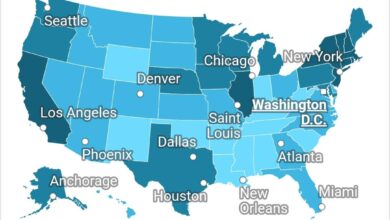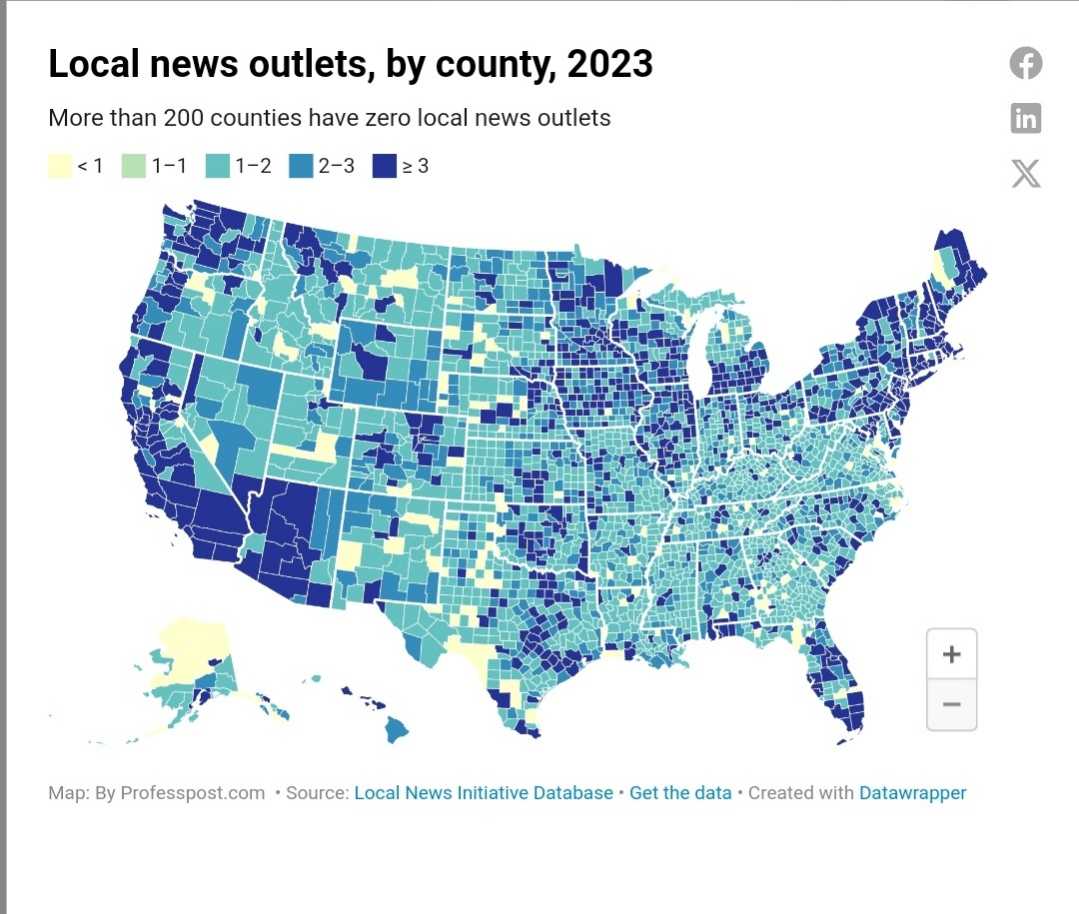Private sector companies exceeded expectations in June by adding over 497,000 jobs, more than twice the anticipated amount, as reported by ADP

In June, there was a significant surge in private sector jobs, with an increase of 497,000. This growth surpassed the previous month’s gain of 267,000 and greatly exceeded the estimated figure of 220,000.

In June, the U.S. labor market demonstrated continued strength as companies generated a higher number of jobs than anticipated, according to a report by payroll processing firm ADP.
The private sector experienced a significant surge of 497,000 jobs during the month, surpassing the downwardly revised gain of 267,000 jobs in May and exceeding the Dow Jones consensus estimate of 220,000 jobs. This increase represents the largest monthly rise since July 2022.
Within various sectors, the leisure and hospitality industry led with 232,000 new hires, followed by construction with 97,000 hires, and trade, transportation, and utilities with 90,000 hires.
Although there was a slight deceleration, annual wage growth remained strong at a rate of 6.4%, indicating ongoing inflationary pressures.
Nela Richardson, chief economist at ADP, noted that consumer-facing service industries performed well in June, contributing to the higher-than-expected job creation. However, wage growth in these industries continued to slow, suggesting that hiring may be reaching its peak following a late-cycle surge.
Despite over a year of Federal Reserve interest rate increases aimed at tempering a job market that still has nearly two job openings for every available worker, the unexpected increase in payrolls occurred.
ADP’s report precedes the more closely monitored nonfarm payrolls report from the Department of Labor, scheduled to be released the following day. The upcoming report is anticipated to show an increase of 240,000 jobs after a gain of 339,000 jobs in May. While the two reports can differ significantly, the ADP numbers present some potential upside risk for Friday’s report.
In terms of job gains, several industries experienced notable growth. The education and health services sector added 74,000 jobs, followed by natural resources and mining with 69,000 jobs, and the “other services” classification with 28,000 jobs.On the other hand, certain industries faced declines. Manufacturing saw a loss of 42,000 jobs, while the information sector experienced a decrease of 30,000 jobs, and financial activities saw a decline of 16,000 jobs.
In total, service providers accounted for 373,000 of the job gains, while goods producers added 124,000 jobs.Job growth was primarily driven by companies with fewer than 50 employees, which added 299,000 positions. In contrast, firms with more than 500 workers lost 8,000 jobs, and mid-sized companies contributed 183,000 jobs to the overall figures.




